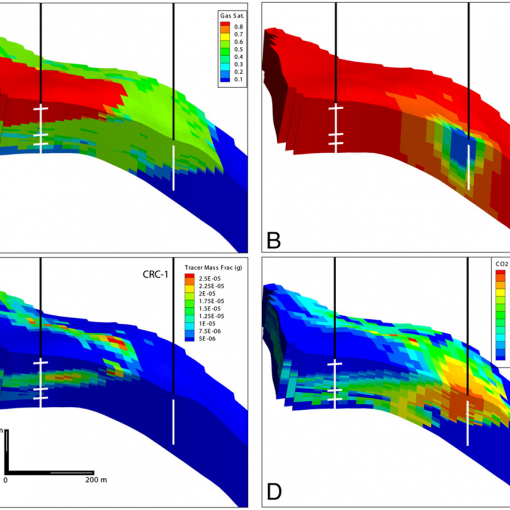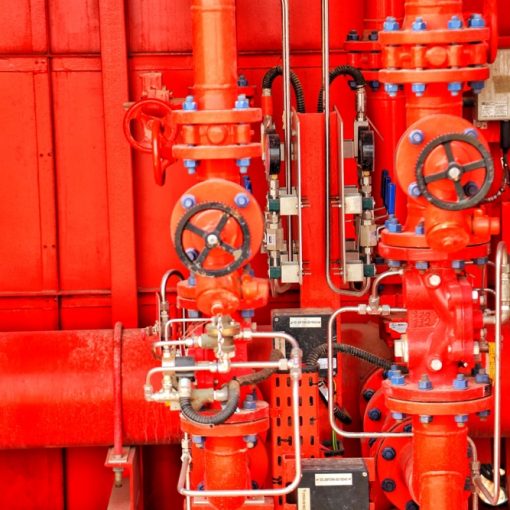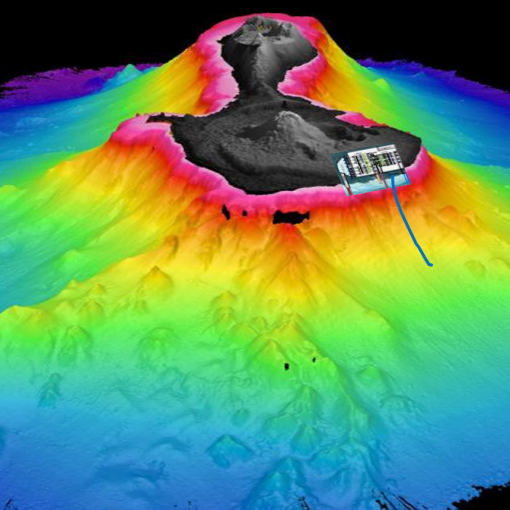Today’s post (18) is Egypt. The presence of the Red Sea failed rift and pulses of volcanism have led to significant heat flows and thermal springs along either side of the Gulf of Suez. Some of these springs have been shown to originate from high crustal heat flow and fault controlled, deep ground water circulation in hydrothermal reservoirs, so the potential exists for Geothermal Energy development. With the energy needs of the population and domestic industries, clean Geothermal Energy would be a good additional baseload energy source to complement other renewables.

- The terrain of Egypt is largely made up of deserts and mountains, with the Nile Valley and Delta occupying less than 5 percent of the country.
- The Red Sea failed rift and pulses of volcanism from the Cretaceous to the Eocene contribute to periods and areas of elevated heat flow.
- Preliminary heat flow values based on borehole measurements indicate geothermal gradients ranging from 42-175 mW/m2. The most elevated heat flow is found east of the Nile, including the Gulf of Suez, with a high of 175 mW/m2 measured in a Precambrian granitic gneiss approximately 2 km from the Red Sea coast. Gravity data indicate the high heat flow to be associated with the opening of the Red Sea.
- Thermal springs are found along the eastern and western margins of the Gulf of Suez, with temperatures of 51-70oC (high temperature springs). Springs in other locations, such as Siwa and Farafra are warm and in the range of 35-42oC. Some of the hot and warm springs have been shown to originate from high crustal heat flow and fault controlled, deep ground water circulation in hydrothermal reservoirs.
- Clean, environmentally sustainable renewable Geothermal Energy would be possible thanks to modern, low and medium enthalpy Binary ORC power generation solutions. Good geoscience tools are available to help incrementally explore and de-risk the areas of potentially suitable heat energy sources before more expensive drilling is required;
- Very attractive Levelised Cost of Electricity (LCOE) is commercially feasible for some developments to help improve electrification, reduce reliance on carbon fuelled power plants, reduce energy poverty, and increase grid resilience for Egypt. Increased electrical supply would also support domestic industrialisation to capture more value for Egypt.




